I began needle felting in October of 2017. If you’re thinking about trying it, here’s a few tips and things I’ve learned that might help you get started:
I have included Amazon affiliate links for some of the items below. This means I may earn a small commission (at no extra cost to you) if you click through and make a purchase.
1. You won’t stab yourself as often as you think if you stop thinking about it. In the beginning, I was afraid of the needle. I worried about stabbing myself and I think that caused me to, well…stab myself. As I got comfortable with the needle, it happened less frequently. You need a healthy respect for the needle. And as is the case with many fiber arts, you need to stay focused on what you are doing. I still stab myself once in a while. But it’s almost always because I let myself be distracted before I laid my needle down.
2. Needle felting is inexpensive to try. I highly recommend buying a kit. I purchased my first kit on sale for about $7.00. It was the Dimensions Fox and included wool roving, a foam stabbing surface, directions, cotton embroidery thread and a felting needle.
3. I absorb more by watching someone needle felt than by reading how to (although I still do both). I’ll admit that I was struggling in the beginning. I purchased three books on making needle felted animals and was confused by all of them. Then I found Sara Renzulli’s YouTube tutorials. Being able to watch her do it helped me understand the process and everything clicked!
4. Try the same project by different artists. Sara Renzulli was the first popular felter I learned from. Her pieces aren’t loose but they don’t typically have a firm base or surface. That’s ok and it works for her style. But it has limitations. When I made her Doe and Fawn tutorial (see my finished pieces above), adding the fawn’s white spots was frustrating and difficult. The spots wouldn’t stay on top of the fawn’s coat. They just sank in. Sara even says in the video that you end up with a tufted body. But I powered through, adding more wool and finished it. I vowed that I’d probably never make anything with that many tiny spots again. I eventually learned that it doesn’t have to be that way.
Months later, I tried Megan Nedds’ Fawn kit (finished piece below). She felts firmly. I followed her instructions dreading getting to the white spots. But it was a breeze to add them! That firmer base meant the white spots stayed on top, didn’t cause any tufts and worked well for that type of detail. I still love my fawn from Sara’s tutorial. It’s adorable and very sweet. But if I were to make it again, I’d give it a firmly felted body.
Last Updated on June 22, 2024

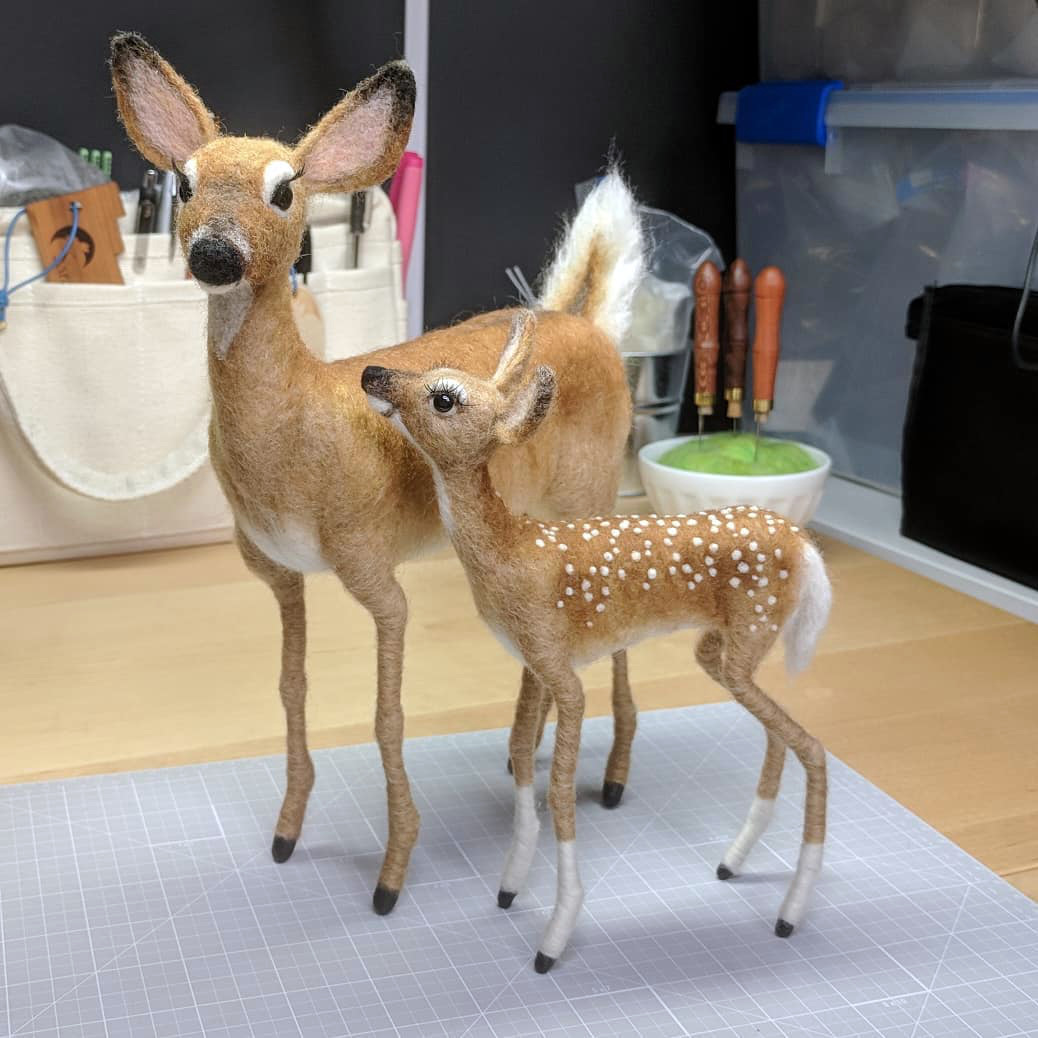
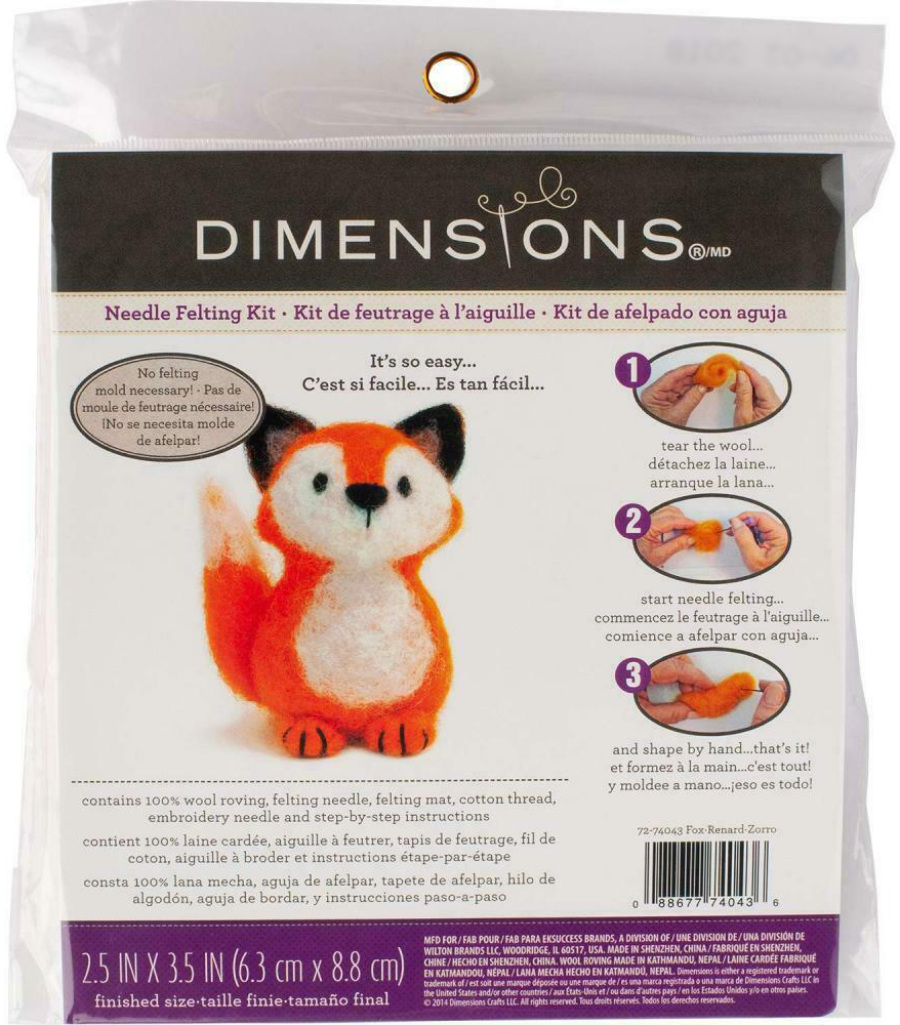
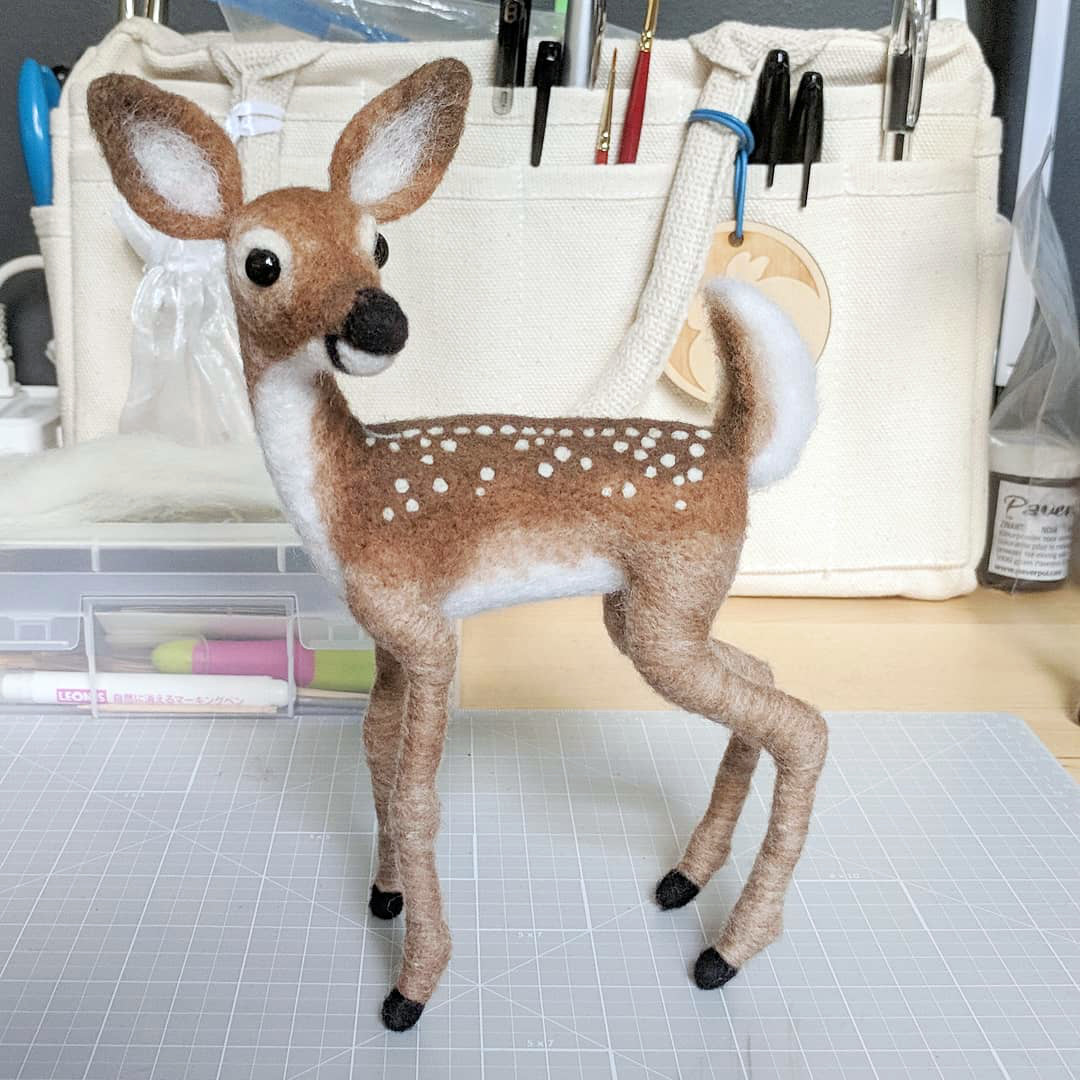
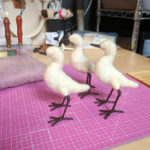
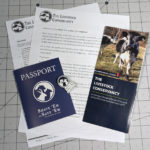
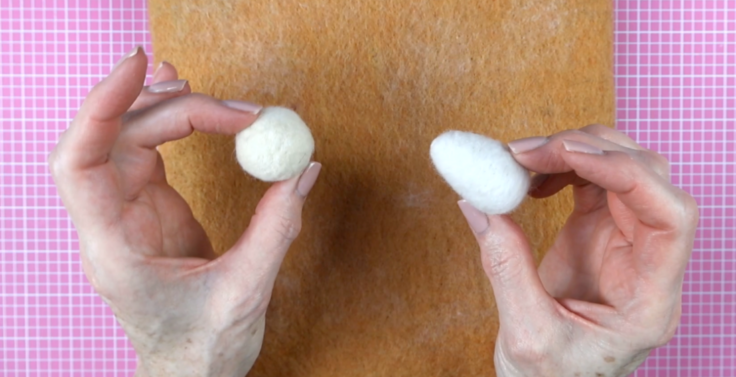 Basic shapes in needle felting: your foundation for fluffy creations (FAQ #5 video)
Basic shapes in needle felting: your foundation for fluffy creations (FAQ #5 video) 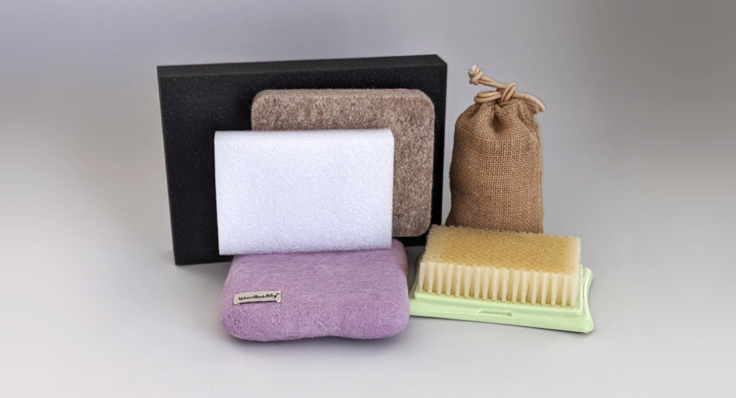 Choosing the right needle felting mat: a comprehensive guide (FAQ #4 video)
Choosing the right needle felting mat: a comprehensive guide (FAQ #4 video) 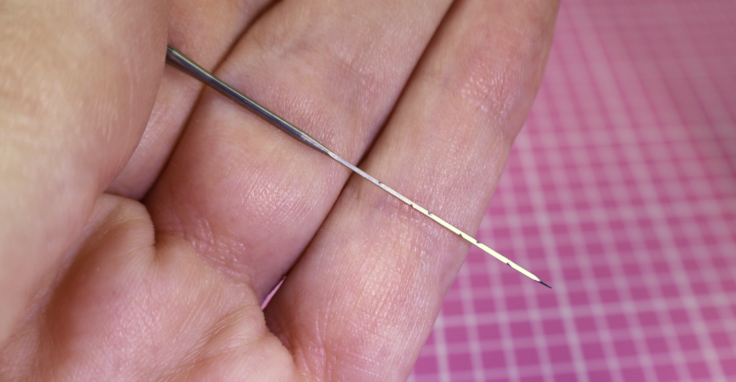 Needle felting needles: a comprehensive guide (FAQ #3 video)
Needle felting needles: a comprehensive guide (FAQ #3 video)  Ditch the overwhelm: essential needle felting supplies for beginners (FAQ #2)
Ditch the overwhelm: essential needle felting supplies for beginners (FAQ #2)